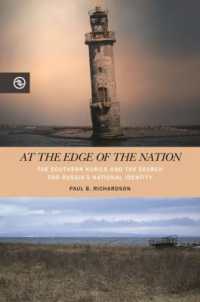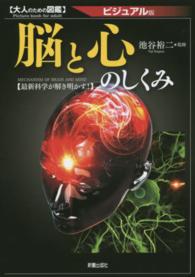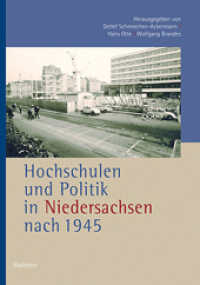Full Description
Santa Maria Assunta in Cremona, among the great Romanesque cathedrals of the Po Valley in northern Italy, is not only one of the most renowned for its artwork, but also one in which the slow stratification of time is most evident. The names of the greatest masters, in the first person or in the medieval sense of workshop, follow one another in quick succession: Wiligelmo, Antelami, the excellent Marco Romano, the Campionesi, enrich the façade with grandiose and superb sculptures, aristocratic and earthy. In the interior, the cycle of frescoes in the main nave with the Stories from the Life of the Virgin and Christ shows, as nowhere else, the symptoms of the pressing renewal taking place in early 16th century Italian painting, from the faultless classicism of Boccaccio Boccaccino to the eccentric Altobello Melone and Gianfrancesco Bembo, the Brescian Romanino and the Friulian Pordenone, who is given the grand finale with the resounding Crucifixion on the counter façade. Alongside these two poles, the façade and the nave, there are masterpieces from all centuries: paintings, sculptures, and goldsmithing, including frescoes and canvases by the Campi, the greatest exponents of the 16th-century Cremonese school of painting.
Contents
Introduction
The Middle Ages
The Renaissance: Dismembered Tombs and Wooden Choir Stalls
The "Stories of the Life of the Virgin and Christ" and the Modernization of Painting in the Po Valley
The "Mannerism of the Campi of Cremona" and the Early 17th Century
From the Second Half of the 17th Century to the 19th Century
Topographical Index








